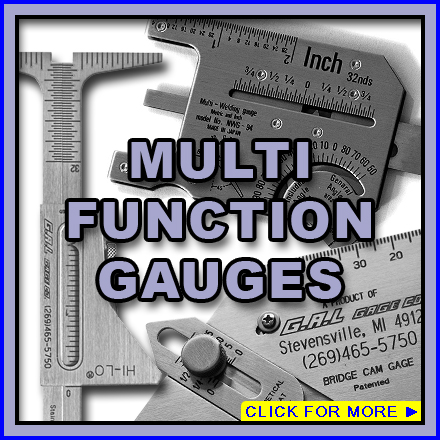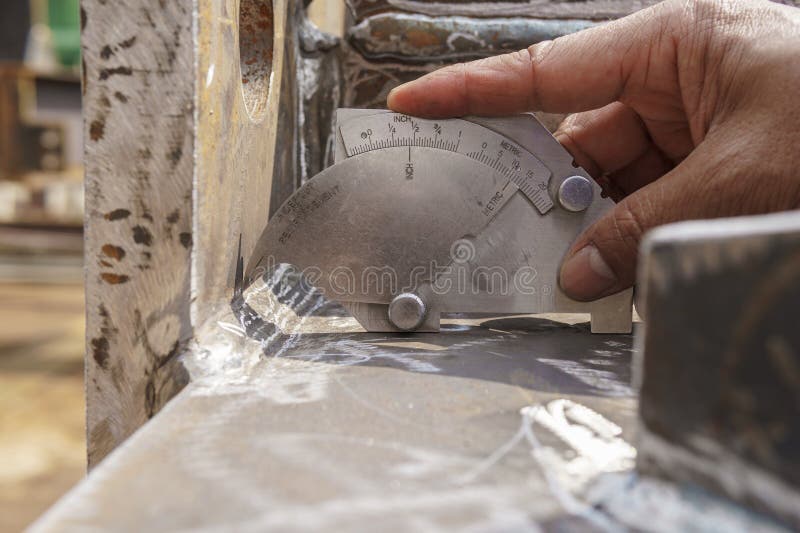Leading Strategies for Measuring Gauge Fillet Weld Precisely
Leading Strategies for Measuring Gauge Fillet Weld Precisely
Blog Article
Fillet Weld Style Techniques: Optimizing Joint Performance and Aesthetic Appeal for Structural Honesty
In the realm of architectural engineering and construction, the importance of fillet weld style approaches can not be overstated. By carefully considering factors such as weld profile optimization, product option, joint prep work methods, welding process efficiency, and visual improvement designers, producers and techniques can accomplish a harmonious equilibrium in between functionality and appearance in their welded structures.
Weld Profile Optimization


Attaining an optimal weld account entails a meticulous factor to consider of variables such as material thickness, joint setup, welding position, and desired welding rate. In addition, the selection of suitable welding specifications, such as voltage, existing, and travel speed, is essential in controlling the shape and dimensions of the fillet weld. Making use of innovative welding techniques, such as pulse welding or robotic welding, can additionally improve the weld account to meet particular style needs and top quality standards.
Fundamentally, weld account optimization is an essential aspect of fillet weld layout that straight affects the total performance and reliability of welded joints in architectural applications.
Material Choice Considerations
When thinking about product choice for fillet weld layout, the compatibility of the base metals is an important element influencing the structural stability of the joint. It is necessary to pick products that not just bonded together successfully however likewise possess similar mechanical homes to make sure the tons is uniformly distributed between the weld and the base metals. Welding products with significantly various buildings can bring about concerns such as anxiety concentrations, premature joint failure, or cracking.
In addition, the setting in which the welded structure will certainly run need to be taken into consideration when choosing products. Aspects like corrosion resistance, temperature level fluctuations, and direct exposure to chemicals can all impact the long life and performance of the weld joint. By choosing products that appropriate for the designated application and setting, the total longevity and dependability of the welded joint can be dramatically enhanced.
Consequently, complete consideration of product compatibility and ecological elements is paramount in making certain the weld joint's stamina, resilience, and total architectural integrity.

Joint Preparation Strategies
Thinking about the critical function product selection plays in making sure the structural stability of fillet weld joints, it is important to execute specific joint preparation methods that maximize the link between the base steels. site here Joint prep work is an essential action that straight affects the high quality and stamina of the weld. One basic strategy is the cleaning of base metals to eliminate any kind of contaminants like rust, oil, or paint that might endanger the weld's honesty. This can be achieved with techniques such as grinding, cord cleaning, or chemical cleaning.
Moreover, correct fit-up of the joint is necessary to make certain consistent circulation of the welding product and protect against issues like insufficient infiltration or too much build-up. Beveling the sides of the base steels can produce a groove that enables deeper weld penetration and a stronger bond. Additionally, tack welding the components in place prior to the last weld aids keep positioning and lessens distortion during the welding process. By meticulously following these joint prep work strategies, welders can improve the general performance and visual appeals of fillet weld joints while guaranteeing structural strength.
Welding Refine Effectiveness
Efficient welding procedures are important for attaining ideal productivity and high quality in fillet weld fabrication. One vital element of enhancing welding procedure effectiveness is picking the proper welding technique. Variables such as material kind, joint style, and welding position need to be thoroughly taken into consideration to identify one of the most appropriate approach. Processes like gas steel arc welding (GMAW) and flux-cored arc welding (FCAW) are typically made use of for fillet welds due to their flexibility and rate.
Moreover, guaranteeing correct equipment configuration and upkeep is crucial for effective welding. Normal calibration of welding machines, evaluation of consumables, and maintenance of welding lanterns can prevent downtime and remodel, eventually conserving time and sources. Additionally, using skilled welders with knowledge in the specific welding process being utilized can dramatically influence efficiency. Well-trained welders are much more skilled at readjusting criteria, troubleshooting issues, and maintaining constant weld high quality.
Visual Enhancement Methods
To enhance the quality of fillet weld construction, implementing visual improvement methods can play a critical function in making certain precision and precision throughout the welding process. Aesthetic help such as weld size assesses and amplifying lenses can assist in analyzing weld profiles and measurements accurately. By learn the facts here now incorporating these aesthetic enhancement techniques right into the welding process, welders can accomplish not just structurally audio fillet welds but likewise aesthetically appealing results that satisfy sector standards.

Final Thought
In verdict, maximizing fillet weld layout involves careful consideration of weld profile, material selection, joint preparation, welding process efficiency, and visual enhancement methods. By executing these techniques, structural integrity can be improved while also achieving aesthetic appeal. It is very important to prioritize both efficiency and aesthetics in fillet weld design to ensure the total top quality and longevity of the joint.
By diligently taking into consideration variables such as weld account optimization, product choice, joint preparation techniques, welding procedure performance, and aesthetic enhancement producers, engineers and techniques can Visit Website attain a harmonious balance between capability and appearance in their bonded frameworks.In the world of fillet weld style, optimizing the weld profile plays an essential duty in guaranteeing structural honesty and efficiency. The weld profile, which includes the size and shape of the weld cross-section, straight affects the circulation of anxiety and load-bearing capacity within the joint. It is crucial to select materials that not just weld with each other efficiently but likewise possess comparable mechanical homes to ensure the tons is evenly dispersed between the base and the weld metals - Gauge Fillet Weld.In final thought, optimizing fillet weld style involves cautious consideration of weld account, product choice, joint prep work, welding process performance, and visual improvement approaches
Report this page